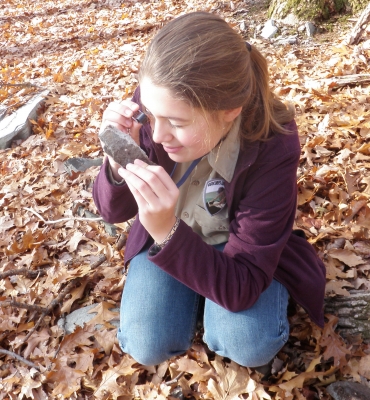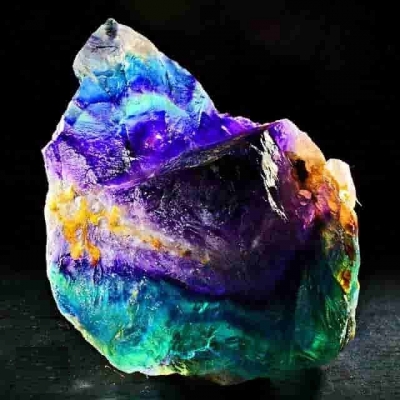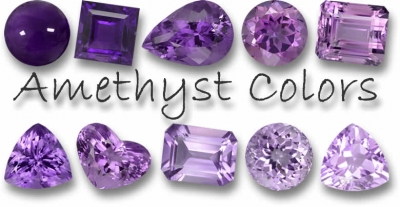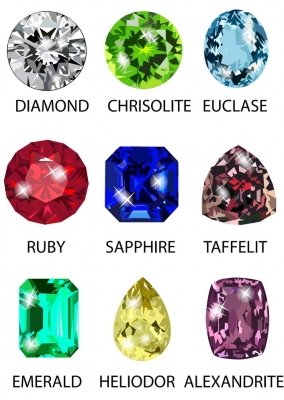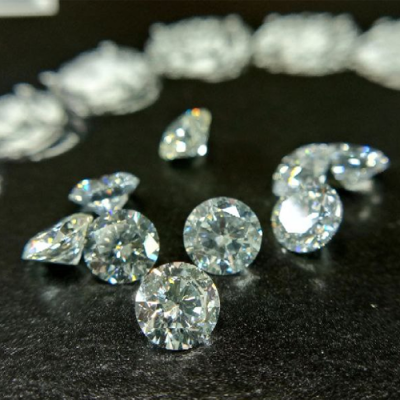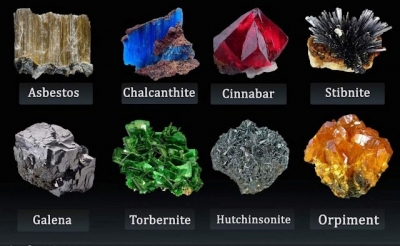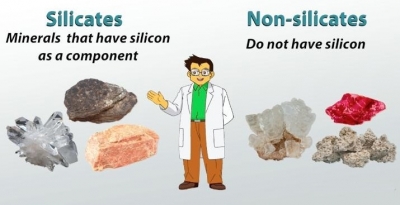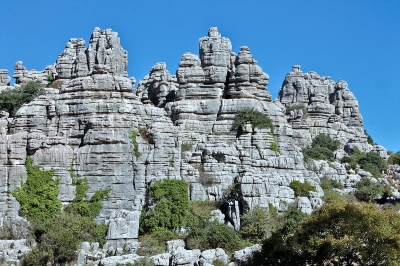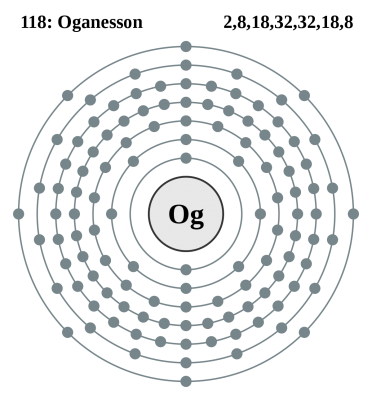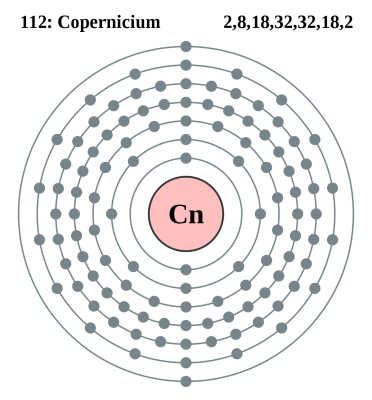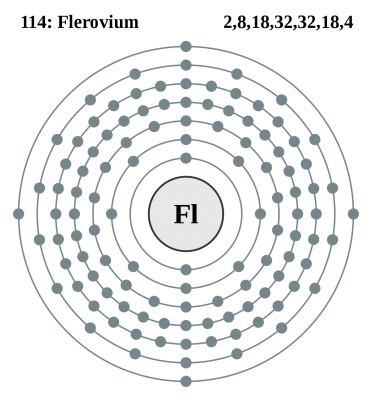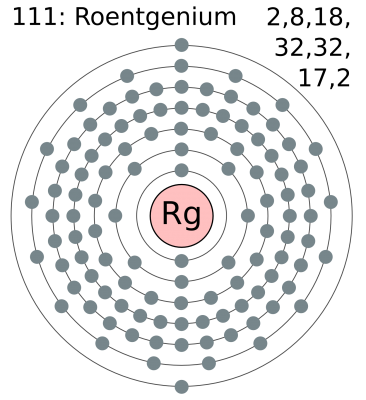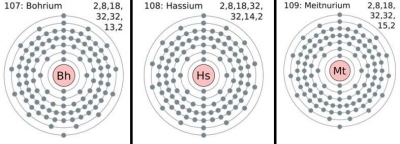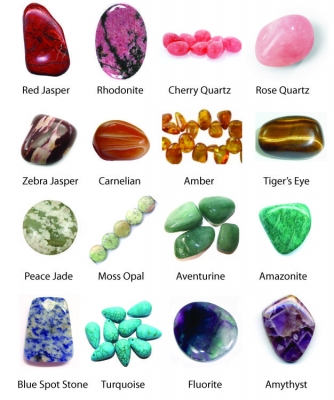
|
Crystals are glassy-looking, brittle solids that form shapes with sharp corners and flat sides. Natural crystals form when a liquid cools and hardens, and the molecules in the liquid cluster in a particular pattern - a pyramid, cube, etc.
Rare and beautiful crystals such as rubies and emeralds are valued as gems. Many are termed 'precious'. They are rare because they only form naturally under very special conditions - usually deep within volcanic rocks.
|
Crystals are pure substances whose atoms, molecules, or ions are arranged in an ordered pattern, where they extend in all three spatial dimensions. A gem can be a crystal, while a crystal cannot be called as a gem.
Gemstone and Crystals are both used in various applications in today’s world. While gemstones are primarily used in jewelry and decoration pieces, crystals can be used in various applications such as healing, jewelry, vases, scientific purposes, etc.
Gemstones are rare pieces of minerals that are found in the ground, which are then cut and polished to be used in jewelry and other decorative pieces. Not all gems are minerals, such as lapis lazuli, a rock, and amber or jet, which are organic materials. A gemstone can also be known as precious or semi-precious stones. Precious stones include diamonds, emerald, ruby and sapphire, while the rest are qualified as semi-precious stones. Gemstones are classified by their color, translucency and hardness. Gems can also come with mineral bases like diamonds or rubies and with organic bases like amber. Today, geologists use the chemical composition of a gemstone to classify it into groups, species and varieties. The price of the gemstones depends on the rarity, color, composition, hardness and cut.
Crystals are pure substances whose atoms, molecules, or ions are arranged in an ordered pattern, where they extend in all three spatial dimensions. The process of crystal formation via mechanisms of crystal growth is called crystallization or solidification. Not all crystals need to be in solid formation, where water freezing also begins with small ice crystals that grow. Crystal symmetry requires that the unit cells stack perfectly with no gaps. Crystals are classified as Hexagonal, cubic, orthorhombic, tetragonal, rhombohedral, and monoclinic shapes. Crystals are light in color and are mostly translucent. The color of crystal is determined by the light passing through it. Crystals are less expensive compared to gemstones. Salt and snowflakes are the most common types of crystals that are encountered.
Credit: Difference Between
Picture credit: Google
